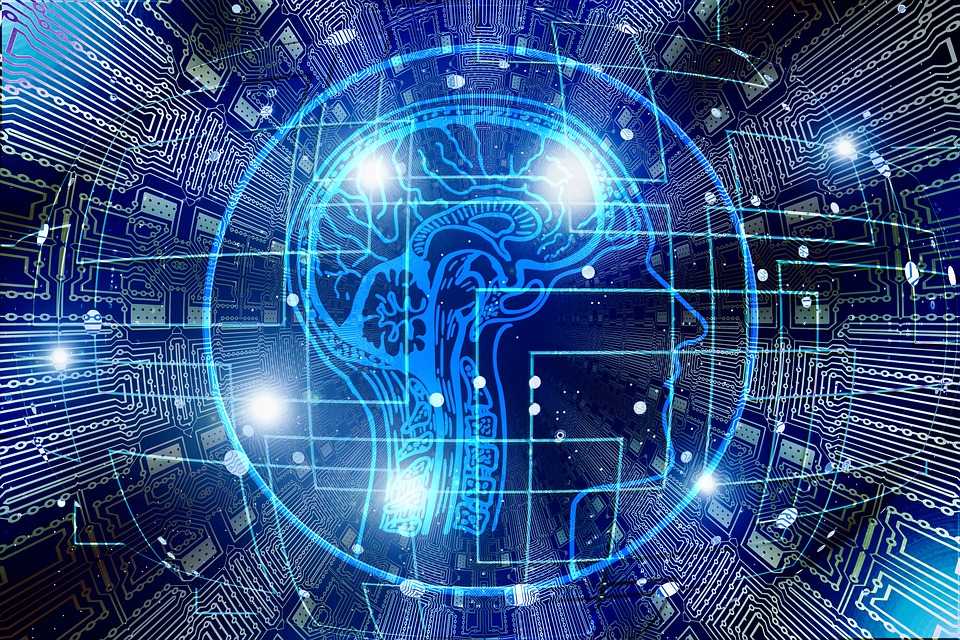The Difference Between Analog and Digital
Ever wondered what the difference between analog and digital is? You’re not alone.
As small children, we learn to tell time by observing the position of the hands of an analog clock. Most modern electronic devices display the current time digitally. How does this concept apply other analog and digital technologies?
Analog generally refers to tools and technologies that act as an analogous way to measure something or capture information. Analog usually, though not always, indicates a lack of electrical intervention. On the opposite end of the spectrum, there are digital devices, which convert all information into numbers, which can then be displayed as images or words, or stored for later use.
What is Analog?
Analog may refer to analog measurements, analog technology, or analog signals.
Analog Measurements
There are many ways in which people continue to rely on analog measurements. If you are concerned about your current tire pressure, you can use an analog air pressure gauge to ensure that your tires are properly inflated. The indicator will display an arrow which will fluctuate, depending on the pressure of the air in your tires.
In this way, an analog measurement does not rely on electricity and is not displayed digitally. It is merely a measurement which fluctuates depending on the variable being recorded. Another example of a device which records analog measurements is a seismograph.
Analog Technology
Devices that record analog measurements are not the only forms of analog technology. Clocks that display moving hands are analog devices. Tape cassette recorders are also an example of analog technology.

Source: Pixabay.com
When a person speaks into the microphone of a tape cassette recorder, their voice is imprinted onto the plastic tape. This analog information is stored as a series of waves. The size and height of these waves are determined by the amplitude or frequency of the signal.
Analog Signals
An analog signal is a continuously oscillating wave, typically represented as a sine wave.
What is Digital?
Digital refers to anything that converts information into numbers which are then sorted and stored electronically. When someone says that something is digital, they may be referring to digital measurements or information, or digital technology.
Digital Measurements and Information
Your home may already be chock-full of devices which provide you with digital measurements and information. Before you’ve left your home for work, you may have encountered a handful of digital tools which provide you with valuable information.
Upon waking up, you may turn off your digital alarm clock, then wander into the bathroom to step onto a digital bathroom scale. After checking your weight, you may shuffle into the kitchen and grab a pre-brewed cup of coffee from beneath your digital coffee maker. The LCD or LED display will tell you how hot the coffee is, or the current time. Digitally.
Digital Technology
Digital technology is everywhere. Think about the technologies you most rely on throughout the day. Devices such as your smartphone, your smartwatch, your laptop, your tablet, your desktop computer, and your gaming console all rely on digital technology.

Source: Pixabay.com
As our lives become more intertwined with our digital devices, likely, analog devices will soon be a relic of the past.
The Difference Between Analog and Digital
In summation, the difference between analog and digital is this:
Consider inviting a group of friends over for a game night. If you were to choose a board game without and electrical components, you would be selecting an analog game.
However, if you were to choose a game that is played on a computer or television, you would be choosing a digital game.
